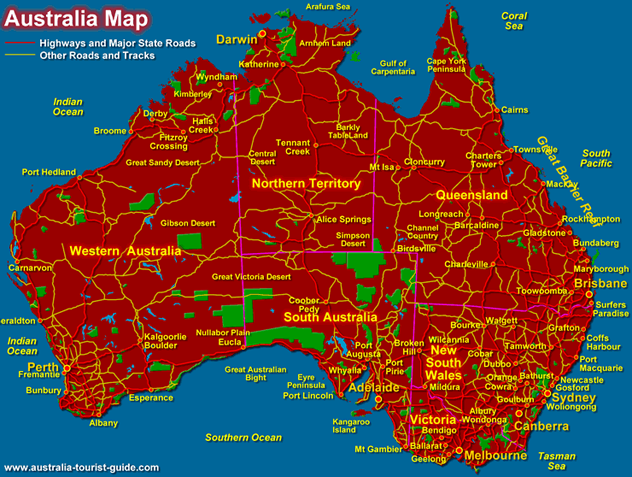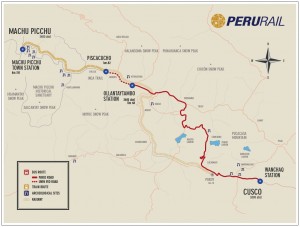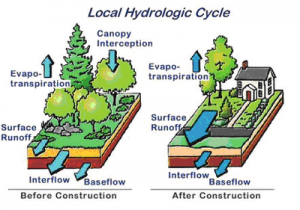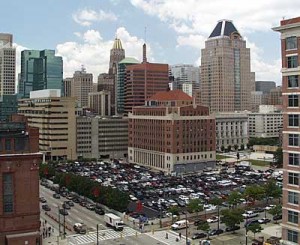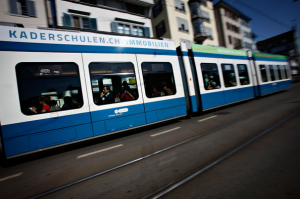
As the city of Zurich has made harder for people to drive cars into the city, it has also improved public transport, with an elaborate and ever expanding system of trams. Here, a tram drives down Limmatquai, one of many streets that have been made "car-free" in the past decade. Photo credit: Christoph Bangert for The New York Times
According to “Across Europe, Irking Drivers is Urban Policy,” an article found in the New York Times, a car takes up about 4,000 cubic feet of urban space in Zurich while a person only takes up 3. Large cities in the United States have the tendency to alter their cities to accommodate driving; however European cities such as Zurich Vienna, Munich, and Copenhagen have been taking steps to make cities more livable for people. The idea is simple: to create environments that are openly hostile to cars thus forcing people to use more environmentally friendly forms of transportation. In Zurich measures such as adding closely spaced red lights on roads to create delays, removing pedestrian underpasses, and banning cars on some blocks are being taken. Results have shown that these methods are proving to be effective. Households without cars have increased from 40 percent to 45 percent and car owners are using their cars less. US cities such as San Francisco and New York are slowly taking similar action, but are still lacking fundamental support and policy. I leave you with the following statement made by a city official, “I feel like I am always waiting to cross the street. I can’t get used to the idea that I am worth less than a car.”
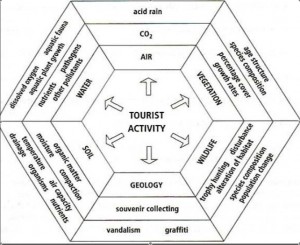 Source: K. Godfrey and J. Clarke, The Tourism Development Handbook (London: Thompson Learning, 2000), p. 31.
Source: K. Godfrey and J. Clarke, The Tourism Development Handbook (London: Thompson Learning, 2000), p. 31.
